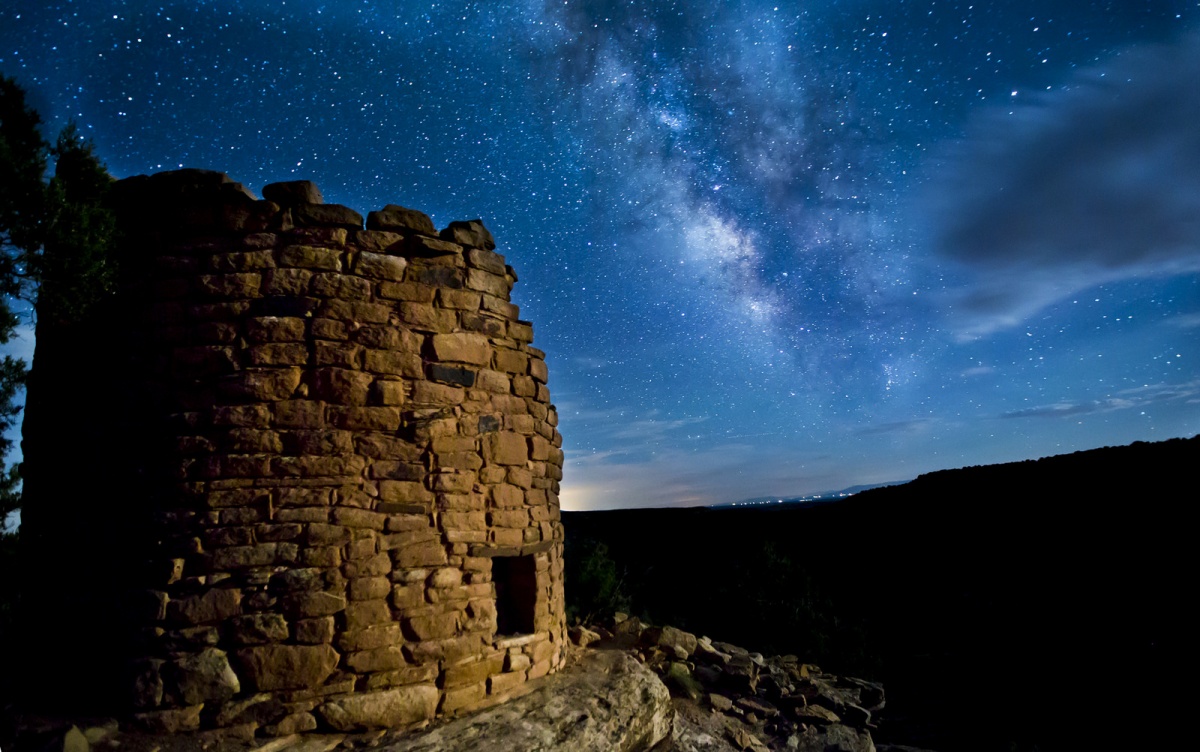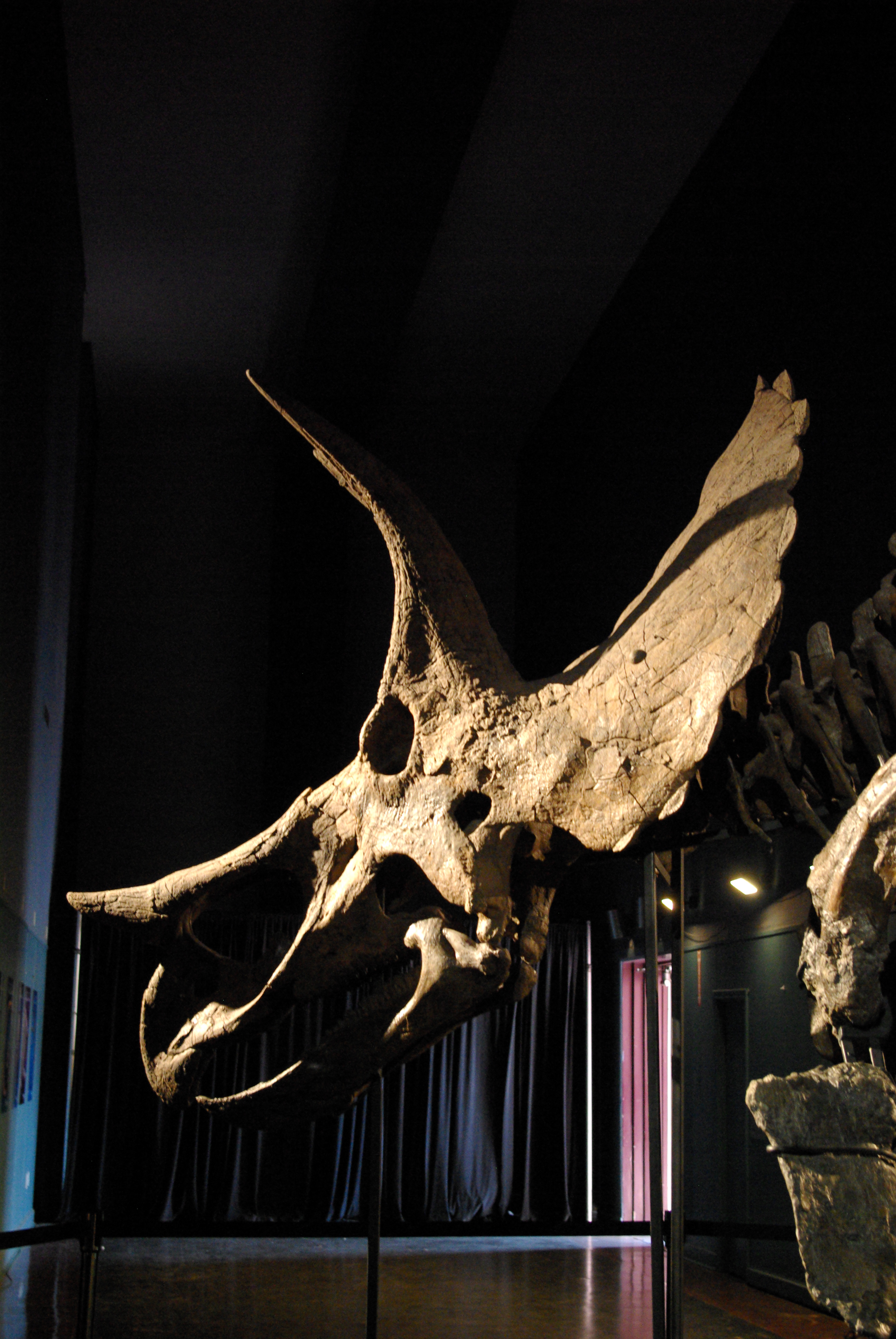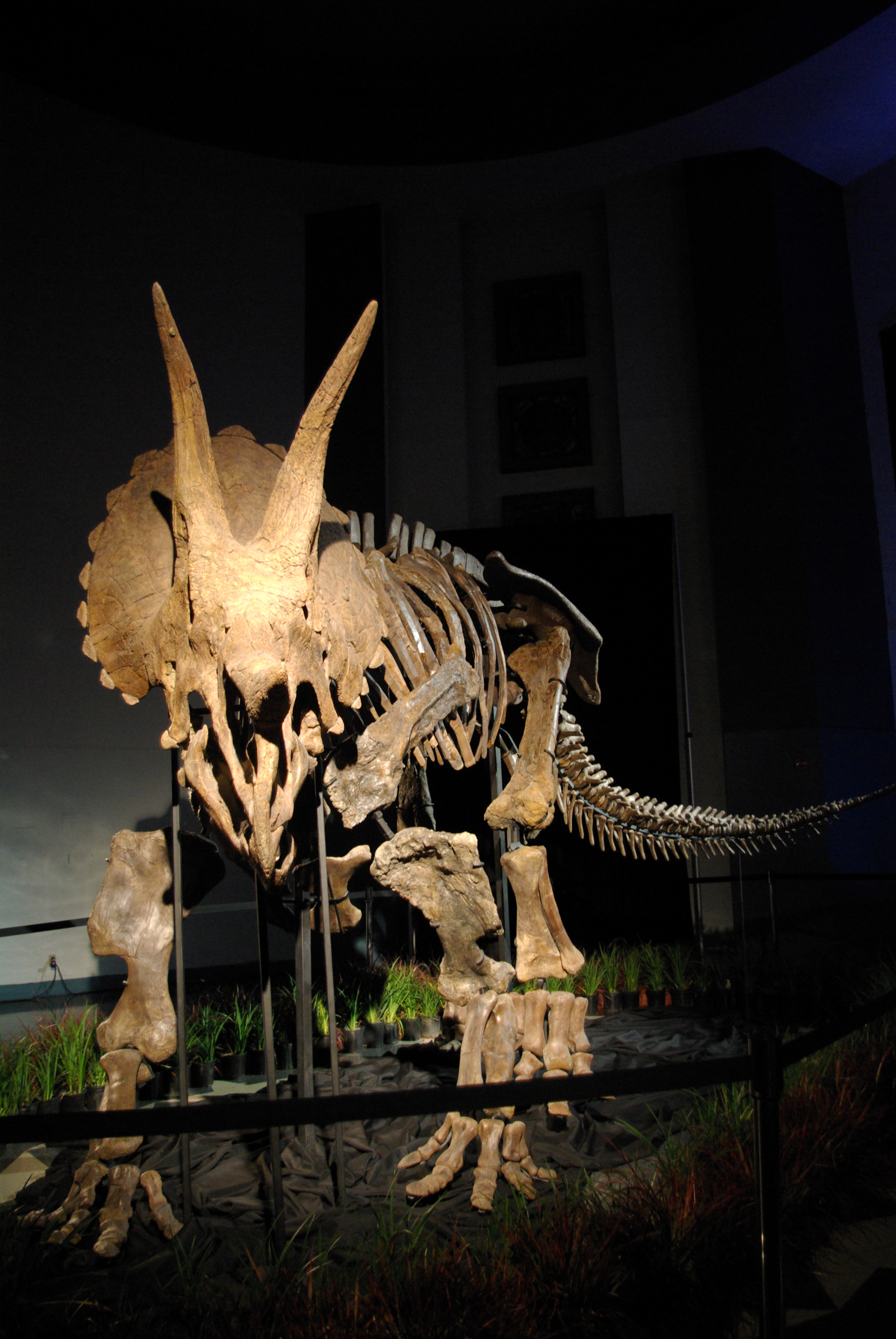Are we to assume that for at least 5,000 years, music was all improvised? Would that make jazz the oldest musical form?
In the YouTube comments, there is what may be oldest known copyright dispute, too.
Michael Levy performs on the lyre in the video, and he’s the authority on ancient music who put the thing together. His explanation and website offer a lot more that teachers of world history might use to bring these ancient arts to life. He explained at YouTube:
This unique video, features my arrangement of the 3400 year old “Hurrian Hymn no.6”, which was discovered in Ugarit ,ancient northern Canaan (now modern Syria) in the early 1950s, and was preserved for 3400 years on a clay tablet, written in the Cuneiform text of the ancient Hurrian language – it is THE oldest written song yet known! Respect, to the amazing ancient culture of Syria…السلام عليكم
Although about 29 musical texts were discovered at Ugarit, only this text, (text H6), was in a sufficient state of preservation to allow for modern academic musical reconstruction.
In short, the Cuneiform text clearly indicated specific names for lyre strings, and their respective musical intervals — a sort of “Guitar tablature”, for lyre!
Although discovered in modern day Syria, the Hurrians were not Syrian — they came from modern day Anatolia. The Hurrian Hymn actually dates to the very end of the Hurrian civilisation (c.1400BCE) . The Hurrian civilization dates back to at least 3000 BCE. It is an incredible thought, that just maybe, the musical texts found at Ugarit, preserved precious sacred Hurrian music which may have already been thousands of years old, prior to their inscription for posterity, on the clay tablets found at Ugarit!
My arrangement here, is based on the original transcription of the melody, as interpreted by Prof. Richard Dumbrill. Here is a link to his book, “The Archeomusicology of the Ancient Near East”:
http://bit.ly/d3aovp
A photograph of the actual clay tablet on which the Hurrian Hymn was inscribed, can be seen here:
http://phoenicia.org/music.html
The melody is one of several academic interpretations, from the ambiguous Cuneiform text of the Hurrian language in which it was written. Although many of the meanings of the Hurrian language are now lost in the mists of time, it can be established that the fragmentary Hurrian Hymn which has been found on these precious clay tablets are dedicated to Nikkal; the wife of the moon god.
There are several such interpretations of this melody, but to me, the fabulous interpretation just somehow sounds the most “authentic”. Below is a link to the sheet music, as interpreted by Clint Goss:
http://www.flutekey.com/pdf/HurrianTa…
In my arrangement of the Hurrian Hymn, I have attempted to illustrate an interesting diversity of ancient lyre playing techniques, ranging from the use of “block and strum” improvisation at the end, glissando’s, trills & tremolos, and alternating between harp-like tones in the left hand produced by finger-plucked strings, and guitar-like tones in the right hand, produced by use of the plectrum.
I have arranged the melody in the style of a “Theme and Variations” – I first quote the unadorned melody in the first section, followed by the different lyre techniques described above in the repeat, & also featuring improvisatory passages at the end of the performance.
I am also playing the lyre horizontally – a much more authentic playing position, as depicted in ancient illustrations of Middle Eastern Lyre players:
http://www.hebrewhistory.info/factpap…
This also seems a much more stable playing position to me, and I find it much easier to improvise with string-blocking etc when the lyre is held in this manner.
My arrangement of the melody is much slower than the actual academic interpretation – I wanted the improvisations in the variations on the theme to stand out, and to better illustrate the use of lyre techniques by a more rubato approach to the melody.
All of my 9 albums of mystical, ancient lyre music are now available from iTunes . . .
1)”An Ancient Lyre”: http://bit.ly/dhCozi
2)”King David’s Lyre; Echoes of Ancient Israel”: http://bit.ly/9PCIua
3)”The Ancient Biblical Lyre”: http://bit.ly/9hTDje
4)”Lyre of the Levites”: http://bit.ly/9baWuM
5)”Apollo’s Lyre”: http://bit.ly/dhCozi
6)”Ancient Times — Music of The Ancient World”: http://bit.ly/aRF5PD
7)”The Ancient Greek Modes”: http://bit.ly/cZks0o
8)”The Ancient Greek Lyre”: http://bit.ly/bxO7Ra
9)”Ancient Visions — New Compositions for an Ancient Lyre”: http://bit.ly/dCPmRN
Physical CDs are also available anywhere in the world from CD Baby, for 3 of my best selling albums:
“An Ancient Lyre”: http://www.cdbaby.com/cd/mlevy4
“King David’s Lyre; Echoes of Ancient Israel”: http://www.cdbaby.com/cd/mlevy
“Lyre of the Levites”: http://www.cdbaby.com/cd/mlevy2
For full details about my albums of lyre music, and the fascinating ancient historical background, please visit my official website:
http://www.ancientlyre.com





 Posted by Ed Darrell
Posted by Ed Darrell 


















